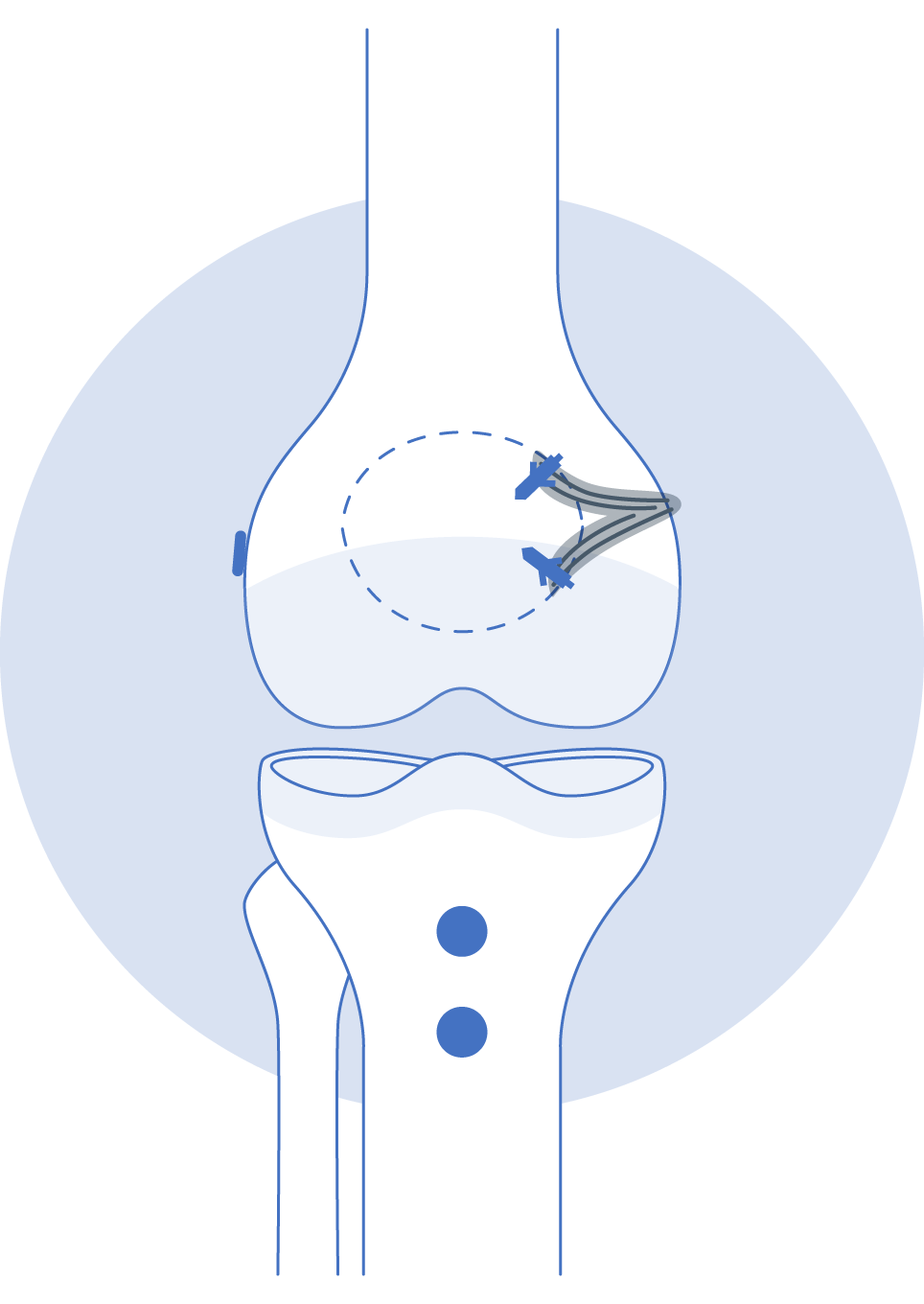
PATELLA STABILISATION
Patella (kneecap) dislocations are common and after a first-time dislocation the chances are that expert advice and physiotherapy will rehabilitate the knee and you will return to full function.
There are times that the patella will dislocate again or even multiple times, and this may have been an issue since younger years. It is these cases that we often see positions of the patella within its groove (the trochlea) that make it more prone to dislocation. This front part of your knee is called the patellofemoral joint. There are a number of features and positions that make the patella at risk of further dislocation that can be evaluated on x-ray and MRI:
- Rupture of the medial patellofemoral ligament (MPFL)
- A patella that sits higher up in its trochlea (patella alta)
- A patella that is tilted to the side
- A trochlea groove that is shallow or has a bump
The types of procedure that are available to help with these issues are explained in detail individualised to each type of problem and sometimes seen in combination:
- Medial Patella-femoral Ligament (MPFL) Reconstruction; the ruptured ligament is reconstructed using a spare hamstring tendon from behind the knee
- Tibial Tubercle Osteotomy; changing the position of the bone insertion of the tendon below the patella can pull it back into the trochlea grove
- Trochleoplasty; a relatively rare and sub-specialist procedure to deepen the trochlea groove in cases when there is a bump seen
